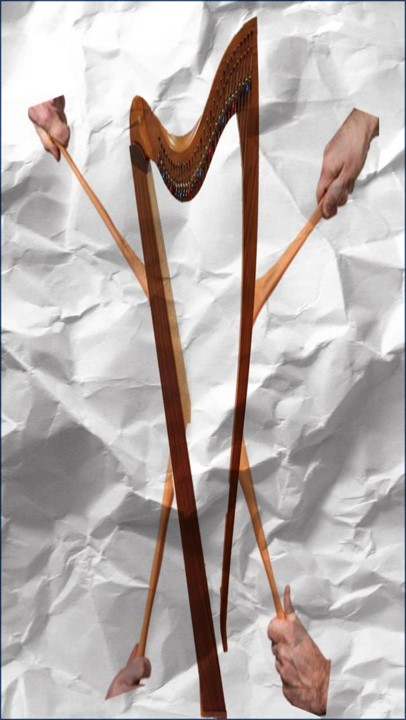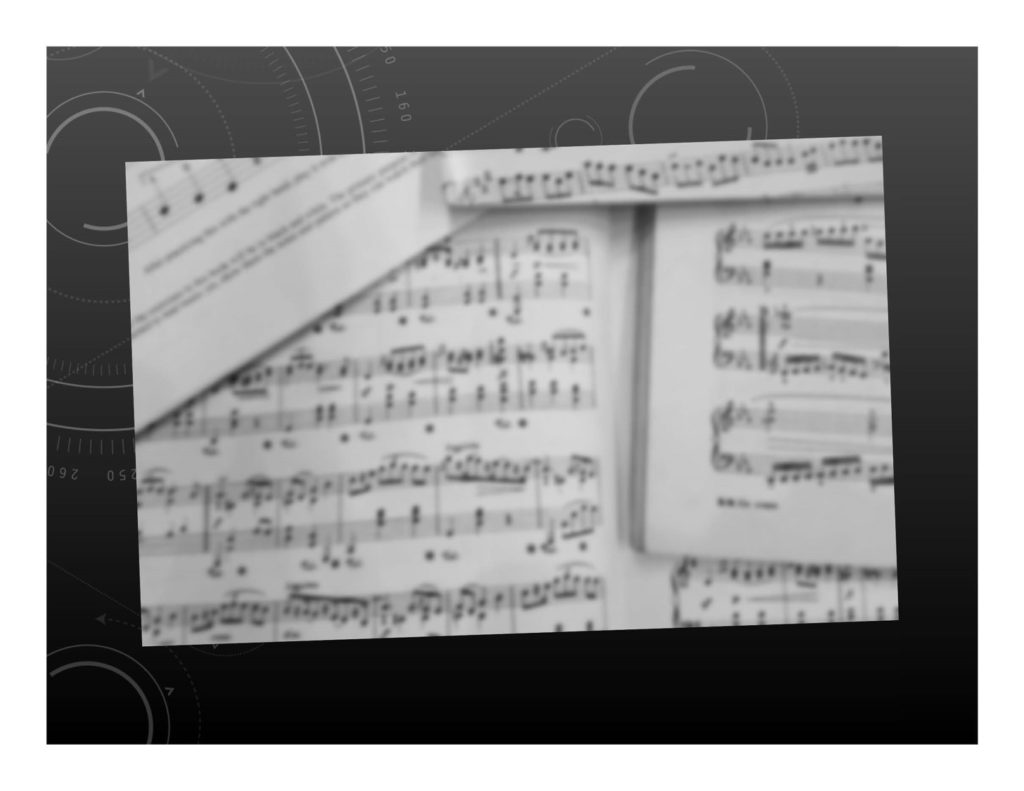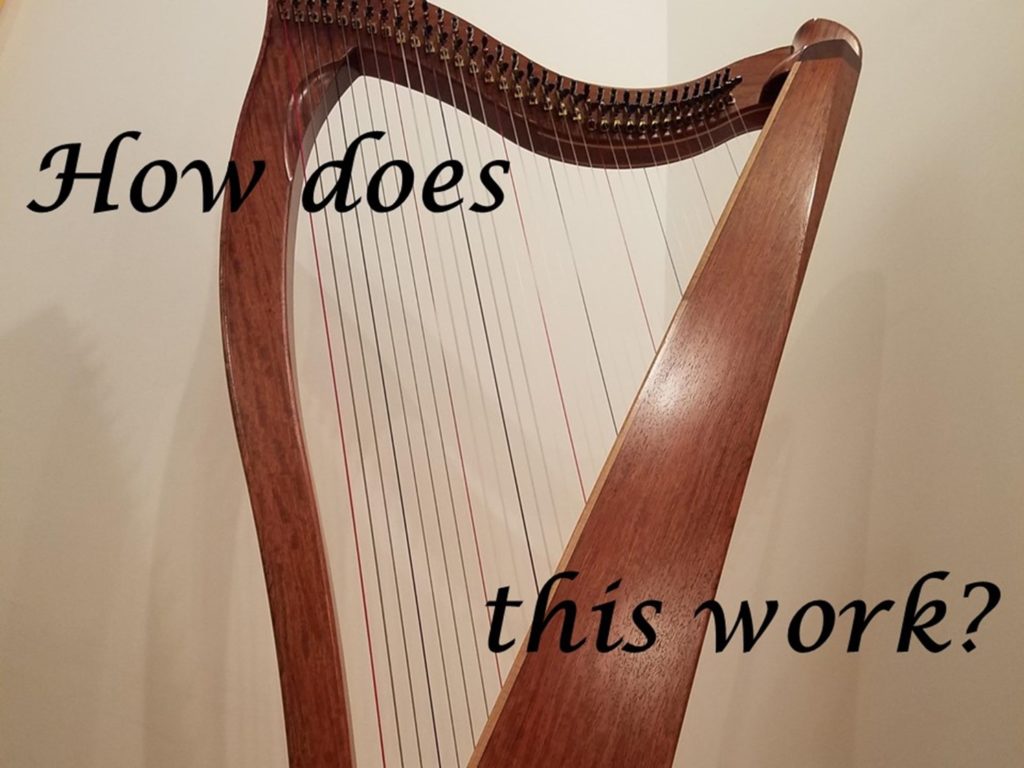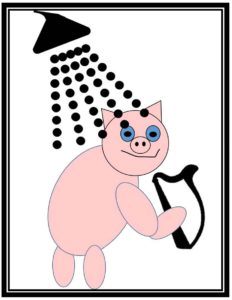Theory is one of those things that people love to hate. After all, it is the grammar of music. The rules. Written down. To be learned, memorized, and used. Theory is the liver and onions of being a musician!
Some people love liver and onions. And it’s good for you*.
But for most of us, theory is hard and unapproachable. It’s challenging to read. It’s confusing to read. It’s boring to read…and if you have to sit through lectures – ugh. It’s torture to do those listening exercises. And if you’re not formally trained (by which I mean forced to learn it), it may keep growing into a behemoth of stuff you are going to put off as long as possible. Maybe you think you’ll hold your musical breath until it’s over. If you find yourself in a workshop where the presenter starts spouting off theory, you just try to ride the wave, bide your time – does it really matter what key the tune is in? Don’t you just need to know which levers to set? Why do you need to know that stuff?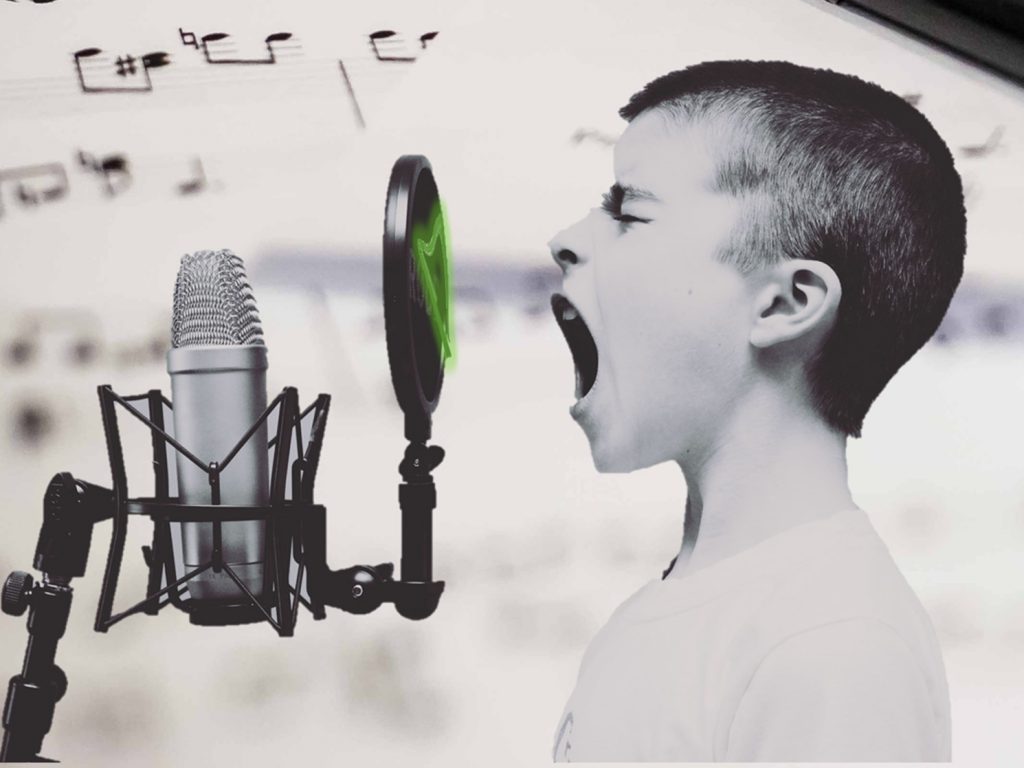 To be honest, there are loads of reasons to learn theory. After all, it is the rules of our game. Like golf, football, or figure skating, the rules are complex and complicated. But just as a thorough understanding and knowledge of the rules is one of the things that distinguishes a great sports player, that knowing the rules of music will help you be a better harp player.
To be honest, there are loads of reasons to learn theory. After all, it is the rules of our game. Like golf, football, or figure skating, the rules are complex and complicated. But just as a thorough understanding and knowledge of the rules is one of the things that distinguishes a great sports player, that knowing the rules of music will help you be a better harp player.
Have you ever sat in a workshop and felt like you didn’t understand what was being said? Do you have that weird feeling like, although there are harps and people you recognize…it also feels like you’re watching a foreign language film – with missing subtitles? Knowing your theory makes you part of the club. The people in the club don’t mean to exclude you (ok actually, unfortunately, sometimes they do, but it has been my experience that often those are the people who only think they know stuff). It’s ok – you can learn that stuff (no really, you can!). Knowing the rules is your passport to getting into the “club”.
These rules of theory serve to create a language of music. And that language allows people who know the rules to talk to – and to understand one another. They can easily share their musical ideas with loads of people…and be accurately understood. They can have an impact! And that’s kind of important. Especially if you want to get as much from your musical life as you can – each workshop, each lesson, each harp circle, and each performance.
And if you want to share your ideas, it is helpful to speak the language. It’s certainly easier than waving your arms making vague finger shapes in an effort to tell others what you’re thinking!
There are a number of books on theory if you want to study it yourself. One of my favorites is Music Theory Made Easy by David Harp (and not just because of his name). No, it’s not spectacular reading, but it is a handy reference. I also like the Music Theory For Dummies (go figure) and I found the Alfred books while, if not approachable, at least they’re useful**.
It’s true that knowledge is power. I fought learning and studying this stuff for a long time. But once I had studied a little, things began to fall into place. And once some things fell into place in my head, playing actually became easier…well, a little easier! Whether it’s being more familiar with well used chord progressions, making better phrasing, or building sets that make sense, every little scrap of theory you pick up, encode, and use will move you a little farther along your journey
I hope you can see that actually studying theory may help you play better because you will have a better understanding and will start from a more knowledgeable place. Do you have a reference you prefer? Let me know what it is in the comments.
* please don’t start a word war about nutrition – you might have noticed that I’m not a nutritionist. It’s an analogy.
** these are suggestions and the links are provided so you can find the books if you want. I’m not an affiliate, I won’t get any money if you buy the book, I just want you to know what I’m talking about.
